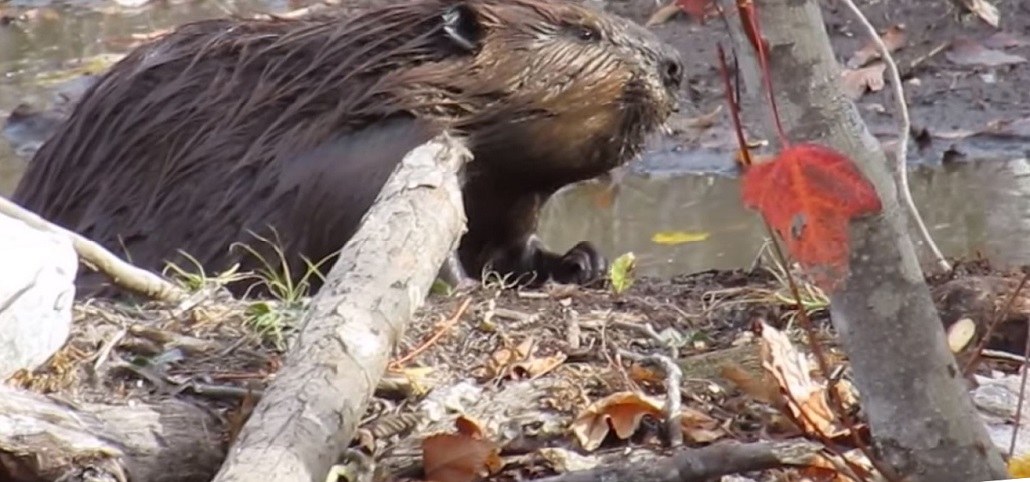- USA Wildlife Removal Education Guide - About Beaver: Appearance, Biology, Life Cycle, Habitat, Diet, Behavior
About Beaver: Appearance, Biology, Life Cycle, Habitat, Diet, Behavior

The Appearance of the Beaver
The adult beaver can grow up to 4 feet. They have webbed feet in their hind legs that grants their amazing swimming ability. Their tails are flat and large and almost hairless. They can use the tails to balance their body when climbing trees. Slapping their tails on the water will allow them to scare the predators. They can also use this to signal the others about the impending danger. The front legs of the beaver are shorter compared to the hind legs but have large claws. When under the water, the nose and ears of the beaver will automatically close. A unique membrane will also cover their eyes.
Biology
Beaver is found in different states in North America except in the southern and central portion of Mexico, the desert in the Southwest, and the large portion of Florida. During the 1800s the presence of beaver in the New Hampshire has ultimately disappeared due to excessive trapping. During the 1930s, the government started repopulating the beaver in New Hampshire. Nowadays, beaver can be found in all parts of New Hampshire.
Life Cycle
Beaver will continue to mate through their entire life. In case their partner dies, the other one will find a new partner. The beaver will reach sexual maturity after 3 years. The mating season is during the month of January-March. Gestation period will last for three months. Compared to the other species of rodents, the eyes of the baby beaver will be completely opened by the time they were born. They can already swim within 24 hours after their birth. After a few days, they will be bold enough to explore the surrounding area of their den. They will stay with the beaver parents for two years. The beaver has an average life span of 20 years.
Habitat
The beavers will normally dwell in marsh, lakes, ponds, streams, and rivers. They will build their den using mud and sticks at the shores or at the banks. The beaver has astounding construction ability. They can create a dam that reaches up to 10-feet high.
Diet
Most beaver choose to eat cambium and tree bark. Cambium would be the soft tissue that develops below the bark of trees. Beavers highly prefer the cambium of alder, poplar, beech, cottonwood, aspen, birch, maple, and willow. The digestive system of beaver is unique that helps them digest the bark of the tree.
Behavior
This creature lives in colony which is consists of the mother, the breeder and the offspring. They are highly territorial and will protect their lodges from the other colonies of beavers. The behavior of beaver has a negative and positive impact towards our environment. When they build their dams, they develop a wetland that is suitable for different species. Building dams can also lead to flooding in the lower areas. These are just some of the amazing facts about the beavers. They are peaceful creature that has a strong and unique family structure.
If you need help, we service the entire USA! Click here for a wildlife removal specialist in your town!
Learn more about or solve a problem yourself with my How To Get Rid Of Beavers guide.

